



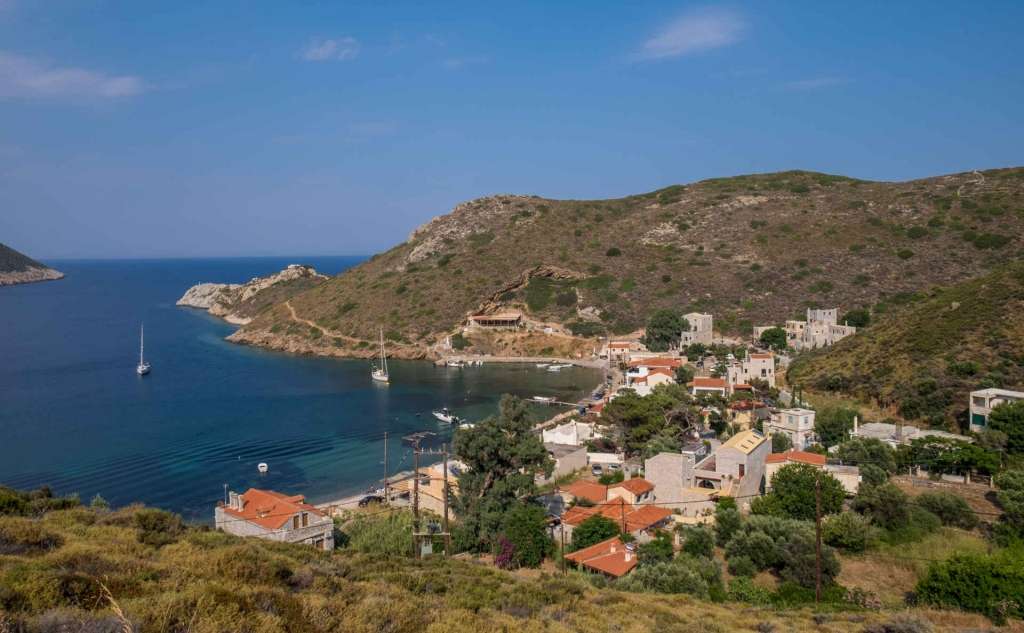
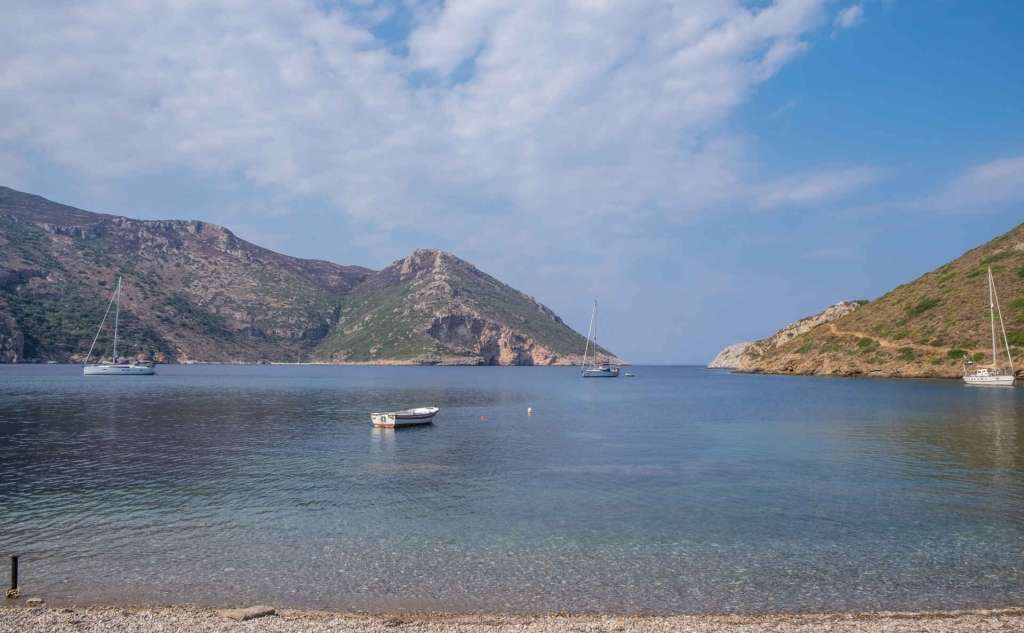
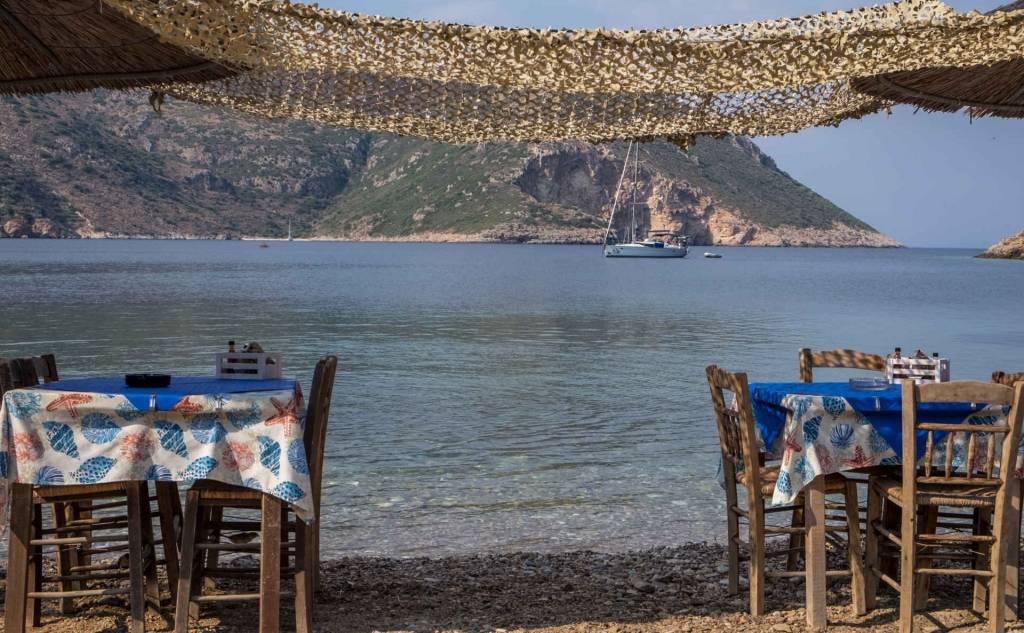
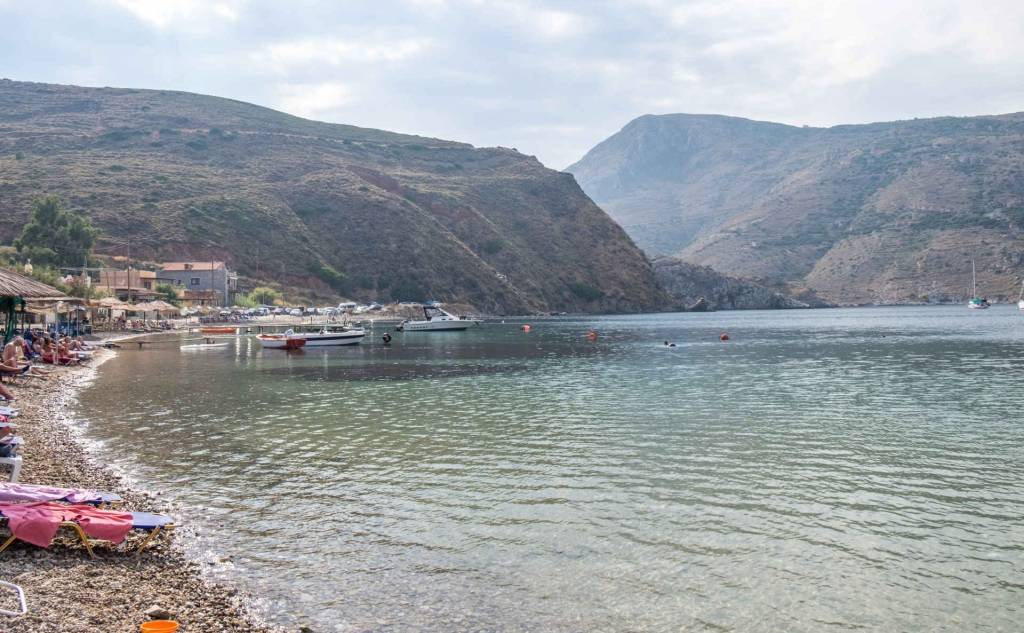
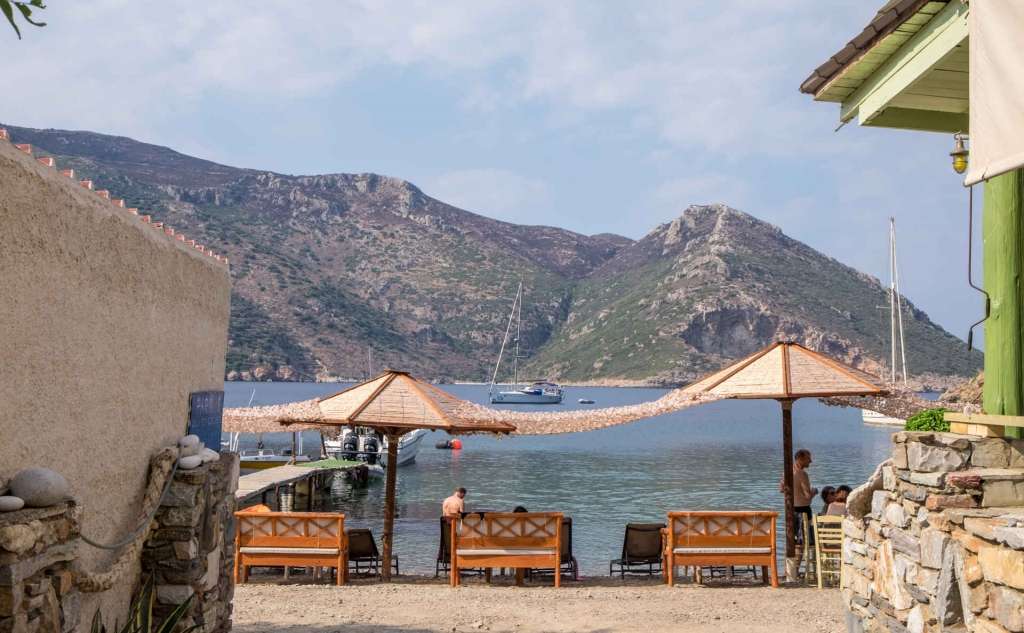
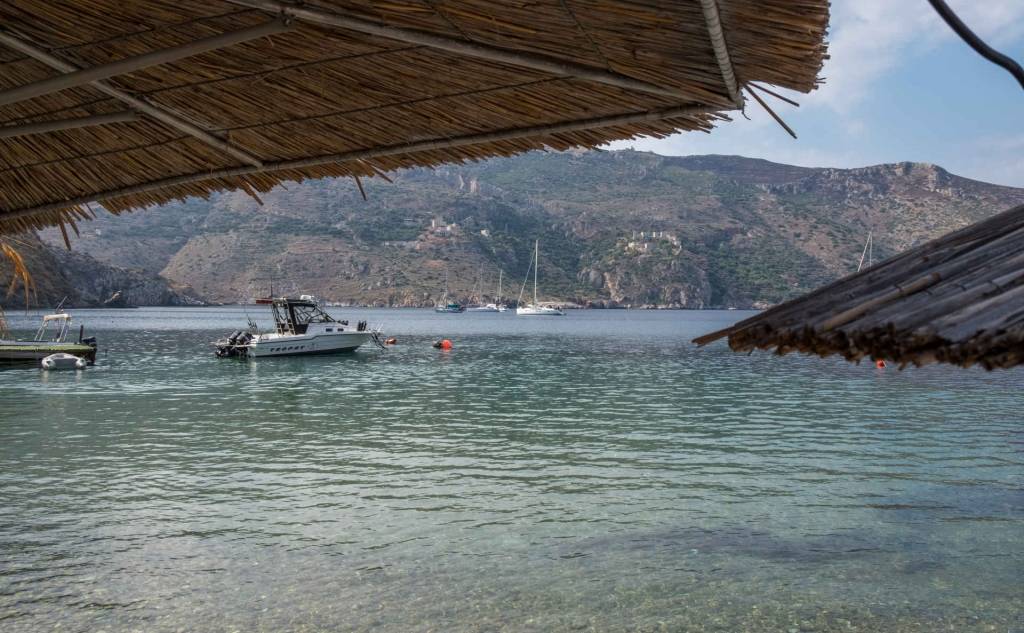
Porto Cayo is a seaside village in the municipality of East Mani, located in a small creek in the Laconic Gulf.
It is the last port of Eastern Mani as we go towards Tainaro and is one of Mani's most charming corners. The area is referred to as Psamatheus from the time of Homer. The village's present name derives from the Venetian Porto Quaglo and the French Port des Cailles, which means "Quail Harbor", as the area still is a significant quail passage in the fall. Old travellers had been impressed by the number of quails and the methods used by the inhabitants of Mani to catch them (with nets) and salt them.
Some 17th and 18th-century maps refer to the village as "Mainis", so some writers see it as a possible location for the castle of Grand Mainis, which is not the case. In 1568, the Ottomans built a castle on the site, between two ravines, 80 metres above sea level, and the Venetians conquered it in June 1570. More specifically, they sent 24 galleys from Chania under Admiral Querini. The Venetians did not want or could not hold on to the castle, so they destroyed it when they decided to leave it. Ottoman documents show that in the 16th century, the castle was called "Mani Castle". The castle must have been repaired quickly, as, in a letter from Morias Pasha in 1574, it was mentioned as active. In 1670, the Ottomans returned and rebuilt the castle and were expelled from it in 1770, during the Orlov Revolt.
At the end of the 18th century, the castle served as a base for Lambros Katsonis' pirate fleet, who was the colonel of the Russian Imperial Army. He had the well-known thief Androutsos (Odysseus' father) on his side, along with 500 of his men. Indeed, it is said that he was declared "king of Sparta" in Porto Cayo fort. Finally, during World War II, Porto Cayo was the site from which many British troops fled to Egypt.
Next to Porto Cayo, there are three magnificent beaches, and the strip of land above it is called Creteri. In the village, visitors can find traditional taverns, cafes, and stone-built rooms for their stay. During the summer months, many sailboats sail to its golf. Following the narrow path that runs from the right side of the Porto Cayo harbour, the visitor will find the chapel of Agios Nikolaos, built in 1858 and its beauty is ruined by the plastered walls.